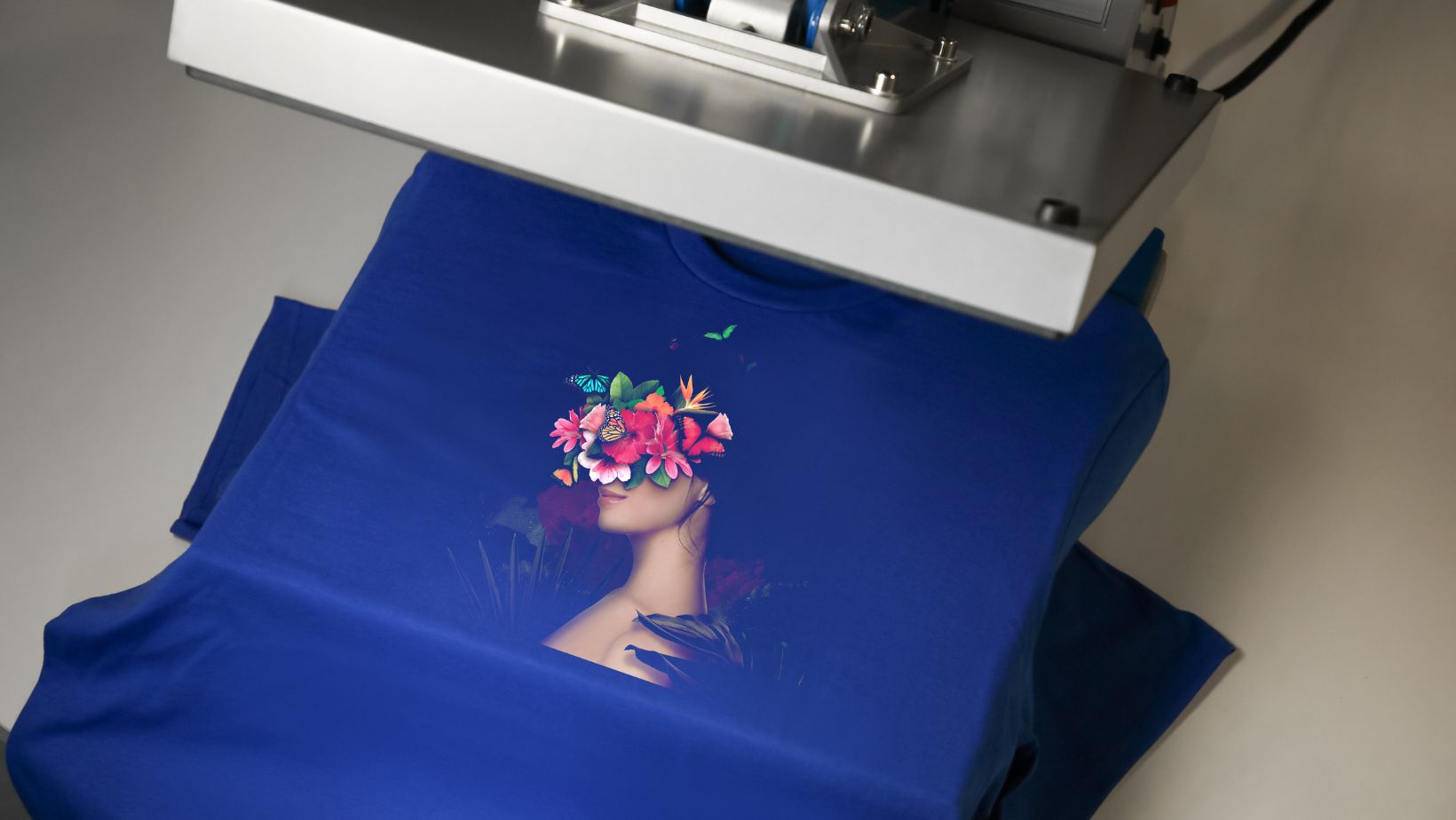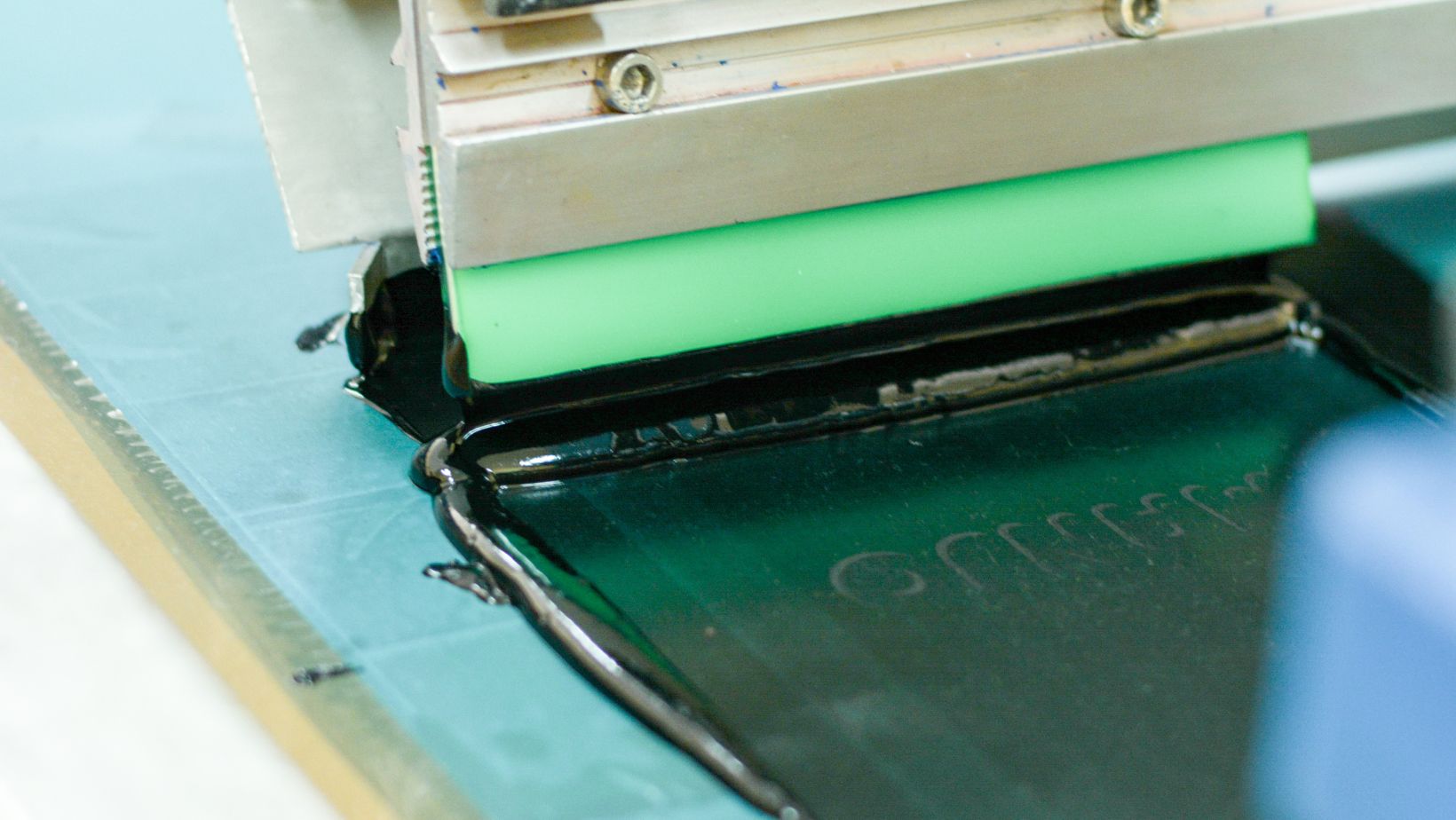
Fashion changes with the seasons, and each time of year brings its own clothing requirements. Creating clothes for different seasons requires not only knowledge of trends, but also understanding the specifics of materials, colors, and designs that are best suited for each season. In this article, we’re going to look at the main tips and trends for creating clothes for spring, summer, fall, and winter. These recommendations will help designers and clothing manufacturers create stylish, comfortable, and functional garments for each season.
Spring Clothes: Lightness And Freshness
Spring is the time of year when nature comes to life, and clothes should reflect this freshness and lightness. The choice of materials for spring clothes is of great importance. Lightweight and breathable fabrics such as cotton, linen and silk are ideal for a spring wardrobe. They provide comfort and allow the skin to breathe, which is especially important when the temperature starts to rise.
Spring colors are usually bright and fresh, reflecting the rebirth of nature. Popular shades include pastel colors such as pale pink, light blue, pale green, and lemon yellow. Patterns with floral motifs, geometric shapes and stripes are also popular for spring clothing. These elements add lightness and playfulness to the image.
Spring clothes are usually light and casual. Lightweight dresses, sundresses, skirts and blouses are the main elements of a spring wardrobe. Silhouettes should be loose and comfortable to ensure freedom of movement. Also popular are layered looks that allow you to easily adapt to temperature changes throughout the day.
Summer Clothes: Comfort And Style In The Heat
Summer clothes should be as comfortable and breathable as possible, as the heat can be very exhausting. The best materials for summer are cotton, linen, viscose, and chiffon. These fabrics are lightweight, breathable, and absorb moisture well, which helps keep you cool even on the hottest days.
Summer colors are usually bright and saturated, reflecting the sunny and cheerful atmosphere of the season. Shades of bright yellow, deep blue, coral and green are very popular. Patterns can include tropical motifs, abstract prints and striped patterns. Summer clothes are also often decorated with ethnic motifs and embroidery.

Summer style should be as simple and comfortable as possible. Lightweight dresses, sundresses, shorts and T-shirts are the main elements of a summer wardrobe. Clothes should be loose to ensure ventilation and comfort. Summer looks can also include beach style with elements of swimwear, pareos and beach tunics.
Autumn Clothes: Cozy And Warm
Autumn brings with it coolness, and clothes should provide comfort and warmth. The best materials for fall clothing are wool, cashmere, tweed, and denim. These fabrics provide warmth and comfort, helping to keep you warm even on cooler days.
Autumn colors are usually warm and rich, reflecting the colors of autumn leaves. Popular shades include burgundy, mustard, dark green, brown, and terracotta. Patterns can include checkered motifs, diamonds, and geometric shapes. Autumn clothes are often decorated with embroidery and appliqués, which adds to their coziness.
Autumn style is usually characterized by layering and comfort. Suits, coats, sweaters, jeans, and scarves are the main elements of an autumn wardrobe. Clothes should be comfortable and warm, but stylish at the same time. Layered looks make it easy to adapt to temperature changes throughout the day.
Winter Clothing: Warmth And Protection From The Cold
Winter is the time of year when it is important to keep warm, so the choice of materials for winter clothing is very important. The best materials for winter are wool, cashmere, fur, fleece, and synthetic insulation. These fabrics provide maximum comfort and warmth, protecting you from the cold and wind.
Winter colors are usually restrained and rich, reflecting the cold atmosphere of the season. Popular shades include navy blue, black, gray, white, and red. Patterns can include Scandinavian motifs, geometric shapes, and abstract prints. Winter clothing is also often decorated with fur and embroidery.

Winter style should be as warm as possible and protect from the cold. Down jackets, coats, sweaters, pants, hats and gloves are the main elements of a winter wardrobe. Clothes should be comfortable and practical, but stylish at the same time. Layered looks make it easy to adapt to temperature changes throughout the day.
Conclusion
Creating clothes for different seasons requires taking into account many factors, including the choice of materials, colors, patterns, and style. Spring clothes should be light and fresh, summer clothes should be comfortable and breathable, fall clothes should be cozy and warm, and winter clothes should be warm and protected from the cold. It is also important to take into account fashion trends and individual consumer needs to create stylish and functional clothing for each season.
For those who want to create unique and stylish clothing for any season, Subliminator’s Print on Demand services are worth considering. This platform offers a wide range of high-quality materials and modern printing technologies, which allows you to create original designs that will meet all the requirements of fashion and comfort.

 By
By 




